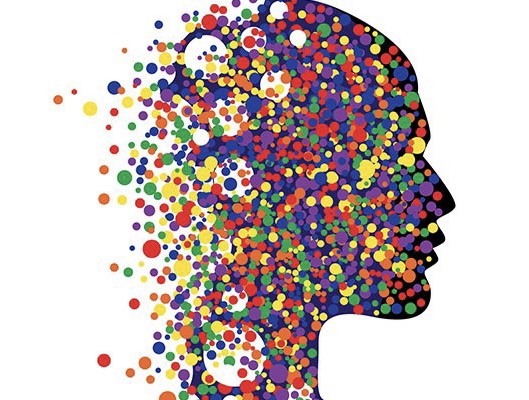“If you talk to God, you are praying. If God talks to you, you have schizophrenia“ – Thomas Szasz
Psychosis and Schizophrenia – Medically Determined or Socially Constructed?
The common view is that mental illness and physical disease are objective facts: scientific categories. An alternative view is that diseases are largely social or cultural constructs. It is easy to dismiss the “cultural disease” idea out of hand until the notion is fully examined. A complete discussion of the shape-shifting categories of disease is beyond the scope of this article. The examples here will point out that ”disease” is not an objective, never-changing, scientific determination. Physical ailments reflect social conditions. As background, this article reviews the broader idea of disease with some eye-popping examples of 20th century illnesses that are now discarded as ridiculous. What follows is two famous examples from very different eras: Joan of Arc and William Blake. The thoughts and actions of these renegades reflected their time and rocked their world. Yet, they continue to inspire us to this day. However, using the filter of today; Joan of Arc and William Blake were both severely mentally ill, but treatable.
Discarded Diseases that were a Reflection of their Time -The Vapors and Hysteria, Among Others
As society changes, so does the categories of illnesses. In the last century, some diseases have fallen out of favor: other diseases simply vanished. For example, many of the now discarded, “medical diseases” of the 20th century clearly mirrored the misogynistic treatment of women at that time. When was the last time someone was afflicted with ”the vapors?” The disease called “the vapors” existed up into the 1920’s. The vapors only affected woman. Why? Because it was caused by internal emanations (vapors) from the uterus. It was”a disease of nervous disability in which strange images seem to float hazily before the eyes, or appear as if real.” (William Safire, New York Times, date unknown)(See also wikipedia.org/wiki/Vapours)
Likewise, ”hysteria, (from the Greek,“hystera”, or uterus) was a woman’s disease. To this day, how often is a man accused of being hysterical? What was the cure for a woman’s hysterical, extreme emotional outbursts? Why, massage the woman’s genitals to orgasm, as noted in the advertisement below. Physicians performed so many of these laborious procedures that they invented vibrating machine to speed up treatments — the first vibrators! [See for example: ”The Vibrator: from Medical Tool to Revolutionary Sex Toy.] The complete site is provided here: https://www.bbc.com/future/article/20181107-the-history-of-the-vibrator#:~:text=Many%20of%20us%20have%20heard%20it%20before%3A%20in%20the%2019th,give%20the%20women%20an%20orgasm.
Hysteria was not the only woman’s disease. Until well into the 20th century, there were many other diseases that only affected only woman such as: wondering womb, bicycle face, lunacy, and ”emotional overload” requiring a lobotomy (lobotomy which starting in the 1930’s, was primarily a cure for female hystery and overload). (https://www.mic.com/articles/114114/what-6-ridiculous-old-timey-diseases-all-have-in-common)Why not.Mar 31, 2015.
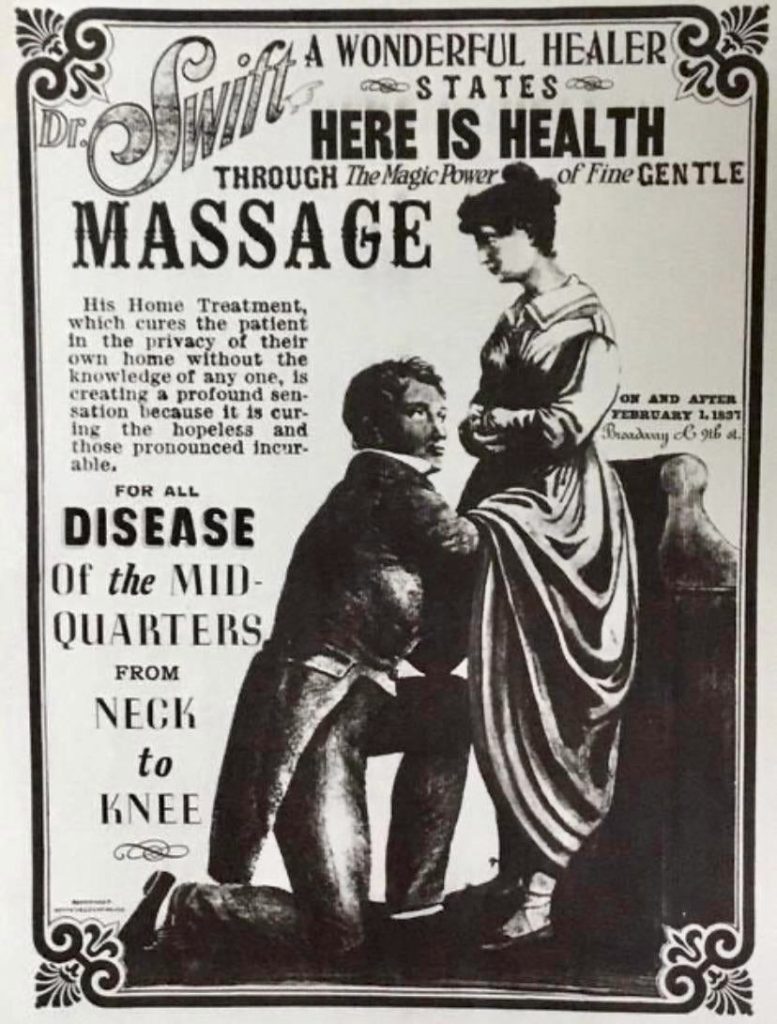
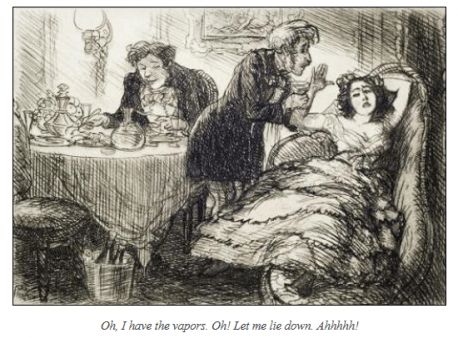
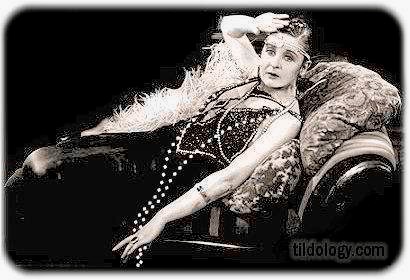
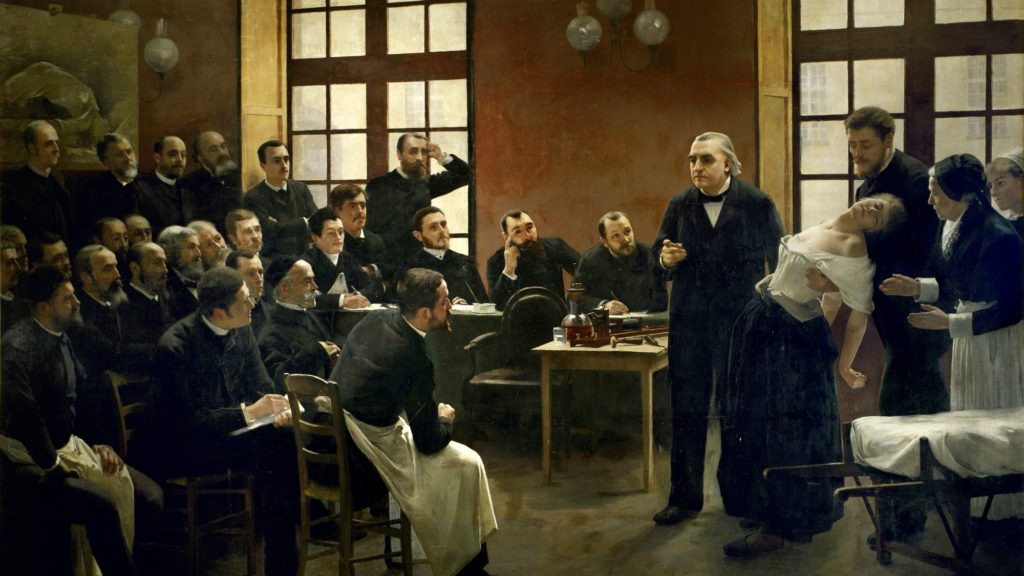
The example of female illness could be dismissed as a misconception of a narrow topic: disease in women. Yet, such illnesses are a broad topic: women constitute roughly half the population. Looking at the bigger picture, the social construct of disease is universal phenomena affecting every person. Take one small example: pain. Physical pain is assumed to be the same universal sufferance through all of human time and society. The full story is not that simple: pain is as much a social experience, as it is a physical symptom. How pain is perceived is a cultural and social phenomena NOT a uniform human experience. According to the NIH (National Institute of Health), culture plays a key role in how an individual communicates pain; an individual’s pain intensity and tolerance; beliefs about and coping with pain; and pain catastrophizing. Again, according to the NIH: Muslims often believe that pain associated with illness and injury are caused by a higher power (Allah), In contrast: The Japanese have a traditional view that the meaning of life is empathy and assimilation with the nature. Following this idea, the Japanese cultural norm is to not regard pain as something to overcome. All of the above information is from the NIH – bold highlights in original. (See for example: https://www.ncbi.nlm.nih.gov/pmc/articles/PMC6157457/)
When Is Mental Illness Not a Disease?
The social construct of disease is easier to entertain when looking at mental illness. Psychiatrist Thomas Szasz, is most famous for his book, “The Myth of Mental Illness.” Szasz argues that except for brain damaged or chemically deranged people, most mental illness is a social construct. The author of this article deals with the slippery definition of delusion elsewhere in this website: https://templesandtribes.net/on-the-nature-of-delusion/
This view that mental illness is not a disease, but a social label, can be supported by pointing to the ancient claims of witchcraft and demonic possession. The social labelling idea of mental illness is not limited to dragging up antiquated stigmas that were discarded ages ago. Up until 1972, homosexulity was a mental illness. Homosexualty had its own disease category in the psychiatrist’s authorative manuals; and was a treatable personaliy defect. Of course, this prospect gave all homosexuals the stigma of mental illness, causing irreparable harm to many. In the bigger picture, this stigmatic brush of homosexuality would have tarred many people — including for just illustration purposes — Leonardo da Vinci and Michelangelo. To this day, the homosexual orientation of these revered artists is largely swept under the rug: held by many as well … undecorous; not necessary to understand their artistic achievements. That latter view is an improvement over having Michelangelo and da Vinci diagnosed as homosexuals, a mentally aberration.
There are many other examples of people —- near in time or from a different era — that today would be treated very differently than they were received in their lifetime. Some of them are heroes from history that are still revered. But would they be tolerated, never mind celebrated, if they emerged in modern times? In modern parlance, the best outcome might be for psychiatrists to declare them ”mystics with psychotic features;” and then, treat their psychosis. (See: https://www.atpweb.org/jtparchive/trps-17-85-02-155.pdf)
Joan of Arc (1412 -1431)
Exhibit ”A” Right: Joan of Arc 1412-1431 is, at best, a “mystic with psychotic features.” Not only was Joan a visionary (or psychotic, depending on viewpoint); she also had extraordinary abilities, and truly inexplicable talents. Joan felt that her abilities were gifts from God who also gave her specific directives to liberate France. See paragraph below on her claims of Divine directives.
Joan of Arc, the daughter of a tenant farmer, was a peasant maiden born with no prospects in life. Around the age of twelve, Joan of Arc received signals from God. She began to hear voices and experienced divine visions — all telling her what actions to undertake — including military actions. Joan had no military training nor had ever been on a horse. Those mere human impediments did not prevent Joan from jumping on a horse as an expert rider. Joan followed her Godly visions and became the military commander who led the French forces. She led the military campaign to drive out British invaders during the 100 Years War. Joan catapulted the French forces from the brink of defeat to near certain victory over the English. Sadly, Joan did not live to see the final triumph of France that she so masterfully spearheaded. The . English captured Joan and sentenced her to death as a heretic and witch. However, without Joan, odds are that France would now be part of the English Commonwealth.
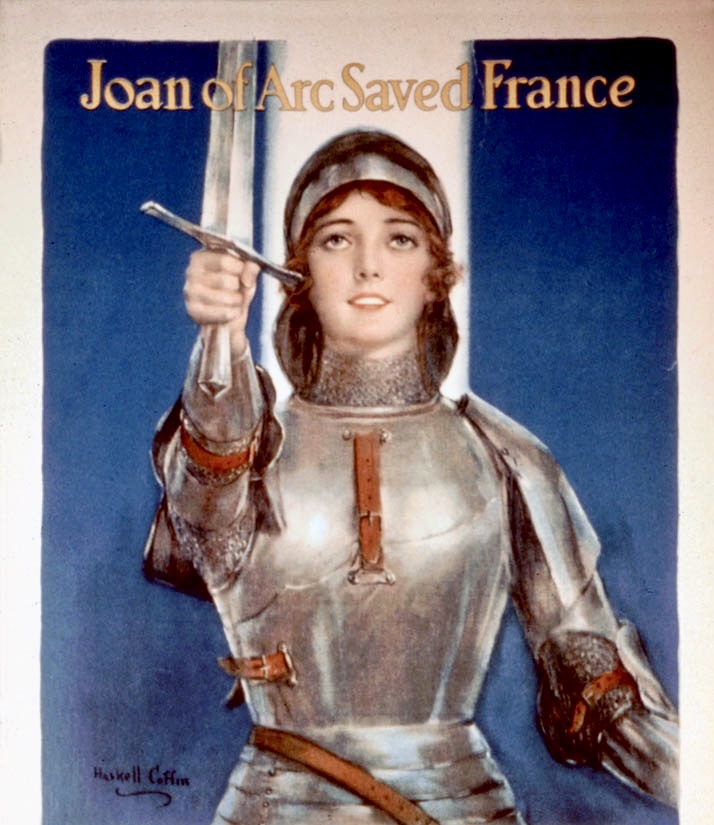
As mentioned, Joan of Arc was captured by the British and put on trial for witchcraft and heresy. Joan testified at trial that angels and saints first told her merely to attend church and live piously. Later, these same angels instructed her to deliver France from its English overlords. She was directed to establish Charles VII, the uncrowned heir to the French throne, as the country’s rightful king. Joan asserted that a bright light often accompanied the visions and that she heard the voices more distinctly when bells sounded. The English found her guilty on all counts. In 1431, at the age of 19, Joan was burned at the stake. Joan of Arc was later canonized by the Catholic church as Saint Joan. The French celebrate the life of Saint Joan as a national holiday on the second Sunday in May. (Britannica.com)
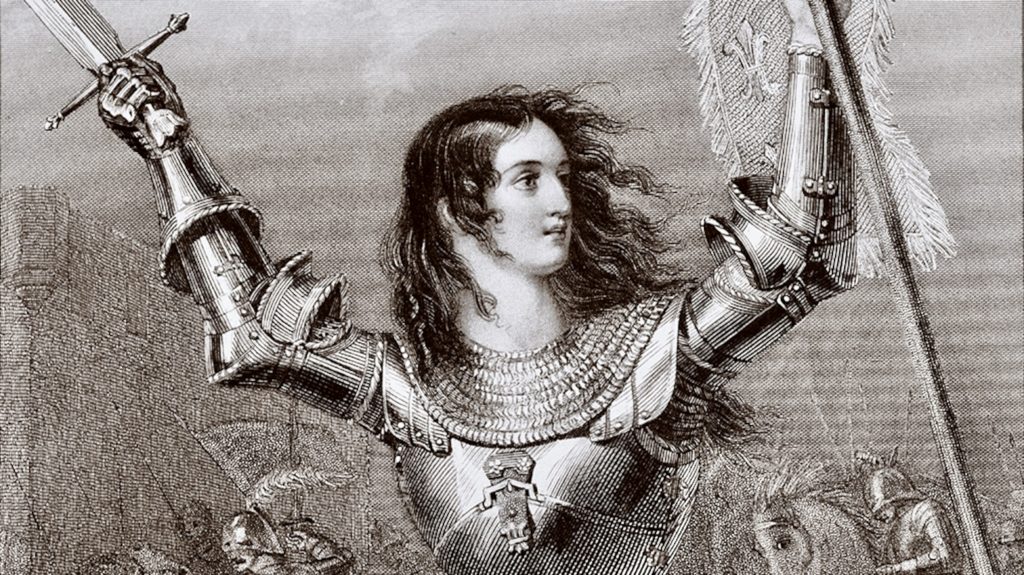
Above: Joan as a victorius military leader and Right: The painting ”Joan of Arc’s Death at the Stake” by Hermann Stilke. German, 1843. Hermitage Museum, St. Petersburg, Russia
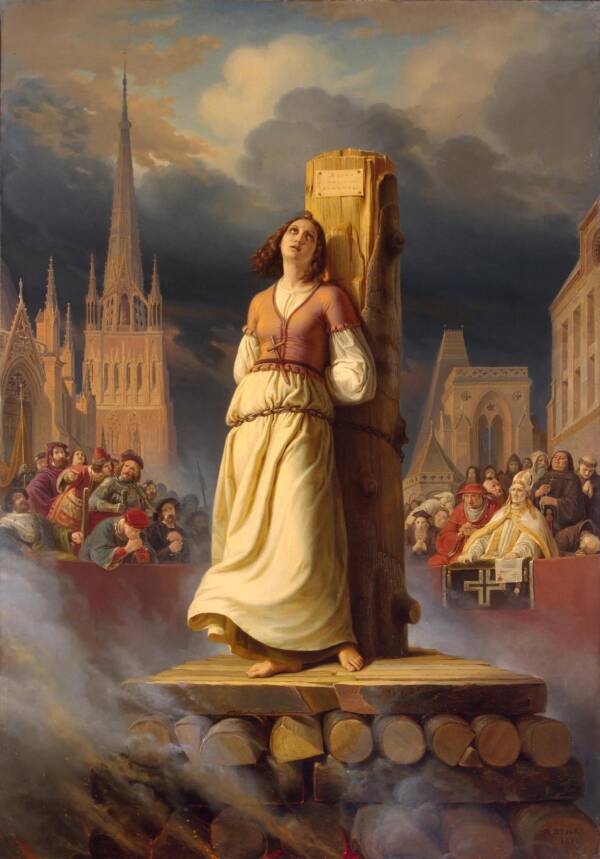
William Blake (1757 – 1827)
Exhibit ”B” Right William Blake. Another shining example of mystical psychotics is William Blake of England. As a youth, Blake’s first vision was at the deathbed of his brother Robert who died of tuberculosis. At the moment of Robert’s death, Blake saw his spirit joyfully ascend through the ceiling. From that point on, Blake experienced visions and had communications with the Angel Gabriel, the Virgin Mary, and the Biblical Prophet Ezekiel, among others. Blake also invented his own mythological world [a made up, parallel universe in which Blake lived.) The most famous denizen in this fantastic realm was Urizen, as depicted below. (See: biography.com; Litkicks,com ezekiel)
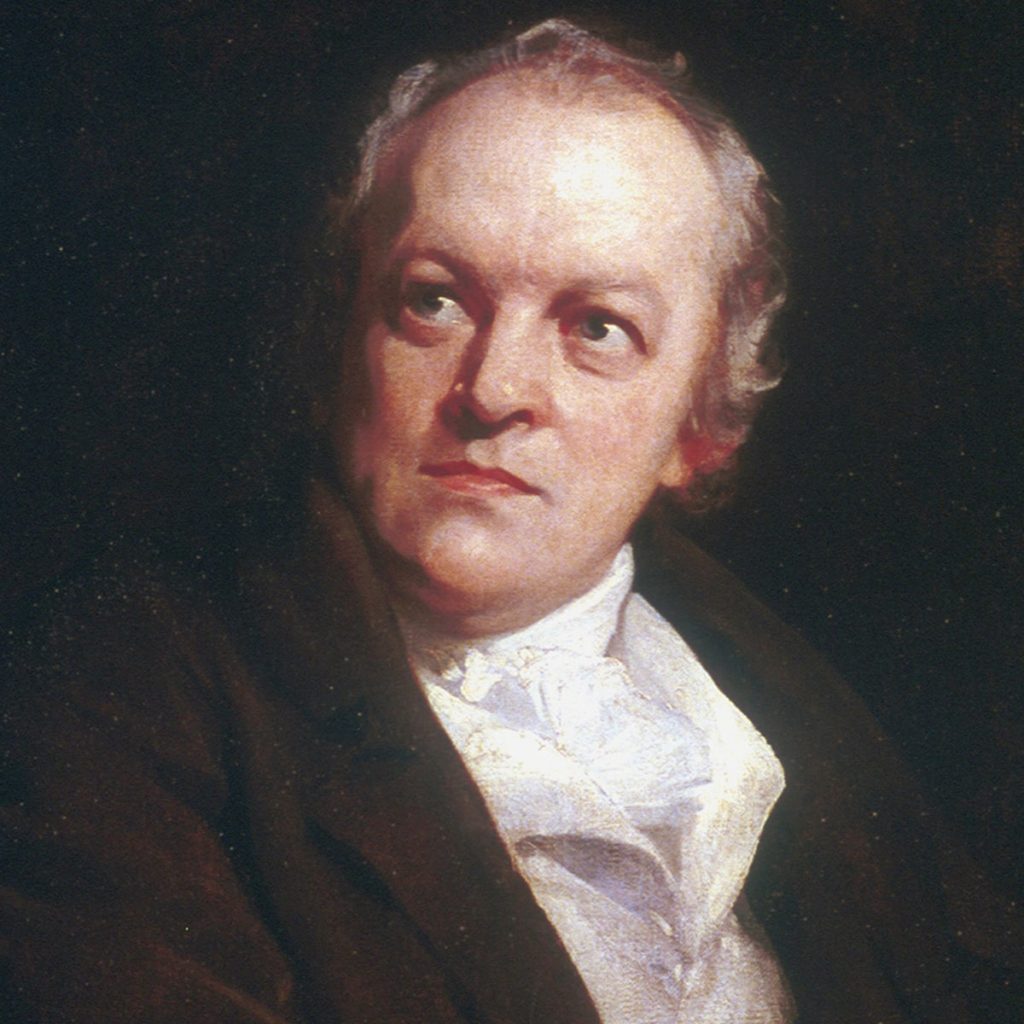
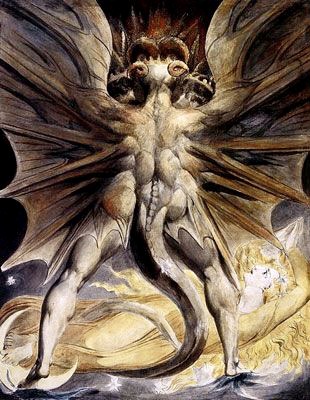
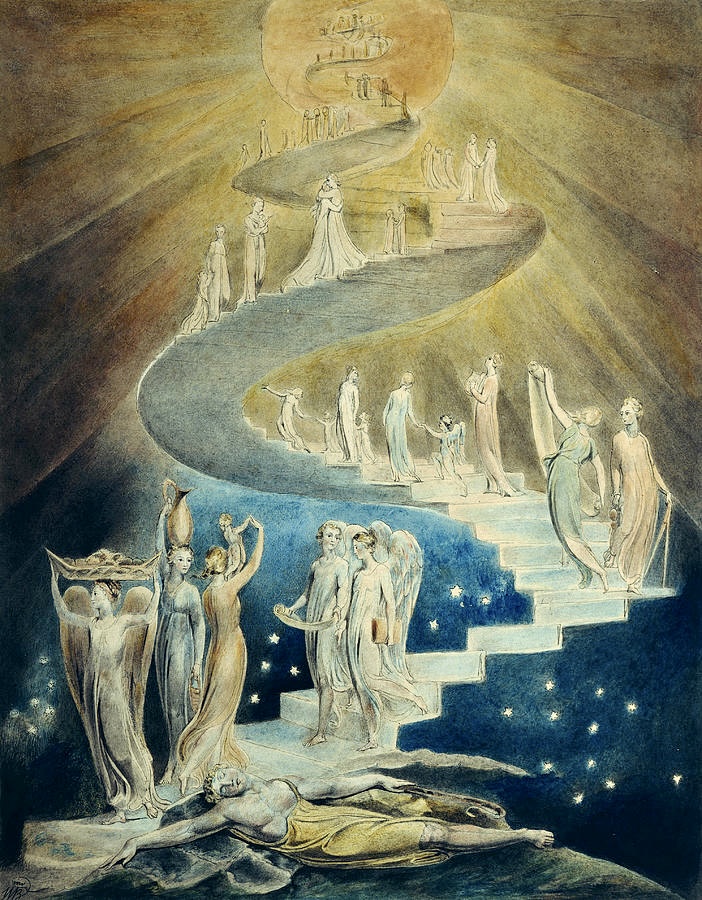
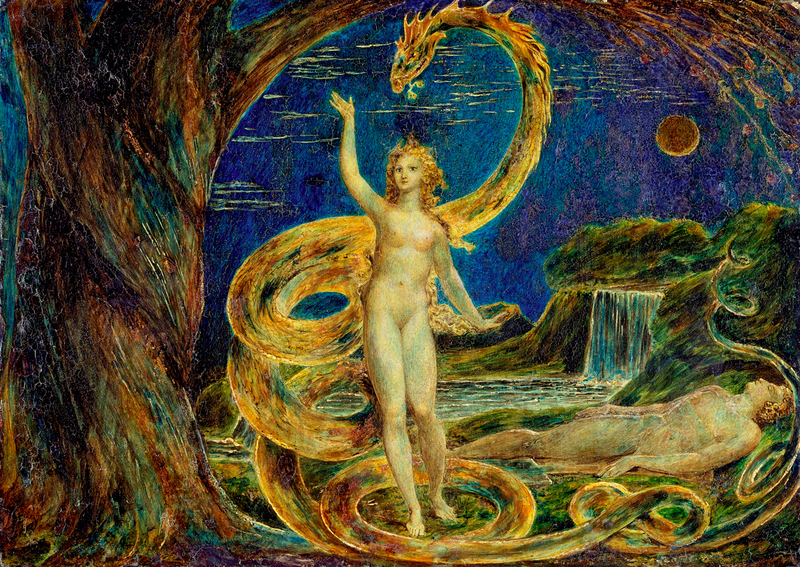
Above: Just a few of Blake’s prophetic, or perhaps hallucinatory, paintings. Right: Blake’s favorite painting of Urizen and his most famous. No, this is not a painting of a vengeful or angry Christian God or prophet. Blake liked Urizen so much, he painted several slightly different originals. The old man (god?) Urizen is from the mythology world invented by Blake. Urizen is the embodiment of reason and law. In Blake’s view, Urizen was a repressive, satanic force trying to bring uniformity to mankind. Urizen was an evil god who ruled during Enlightenment. The Enlightenment centered on science, reason, and evidence based on the five senses; none of which were Blake’s forte.
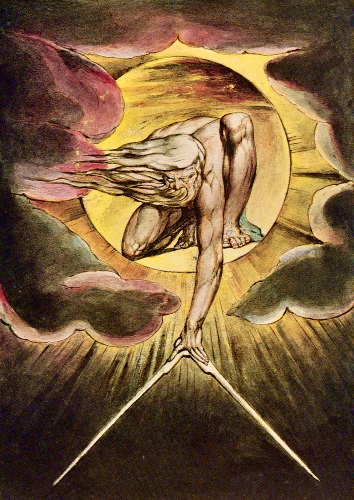
Clearly, with their respective symptomtologies, Joan of Arc and William Blake today would be turfed out by primary care physicians and shipped over to psychiatric section of the hospital. The visionary, victorious military commander; and the mystical poet and painter, would be boxed up in their separate, but overlapping, categories of mental illnesses.Their diagnoses and treatment plan would flow from the psychiatrist Bible, the Diagnostic and Statistical Manual of Mental Disorders, (DSM-5. Fifth Edition, 2013.) After proper psychiatric diagnosis, Joan of Arc and William Blake would be given treatment plans tailored to treat, and hopefully cure, their delusional abberations. It is an easy leap to assume they would be heavily medicated, at least. If they did not respond to medication and therapy, perhaps more serious interventions would make life better (or worse) for them? But at what a loss to humanity! Their vision and accomplishments continue to inspire us today.
The medical record is not complete; but the historical record is complete enough. Now, we can all weigh in: Were Joan of Arc and William Blake mentally ill, or mystic visionaries? Or both?
You are invited to join us as a member of Temples ‘n’ Tribes, a travelogue and literary journal. Subscription members get notice of the latest postings sent straight to their email inbox. The journal creator Made Victor posts about three new articles a month. And your email or other information will NEVER be sold or used in any other way. Sign up for a free subscription below:
